The Vampire Shrimp, scientifically known as Atya gabonensis, is a fascinating species of freshwater shrimp that is native to the West African region. These shrimp are known for their striking appearance, with long arms and legs, and a bright red coloration that gives them a fierce and intimidating look. Despite their name, Vampire Shrimp are not bloodthirsty creatures that prey on other animals. Instead, they are peaceful scavengers that feed on detritus and other small organisms that they find on the bottom of their habitat.
Description
Vampire Shrimp are relatively large compared to other freshwater shrimp, with adults growing up to six inches in length. They have a distinctive appearance, with long arms and legs that are covered in hair-like structures, giving them a velvety texture. These hairs are used to filter the water for food particles and also provide camouflage for the shrimp by breaking up their outline against the substrate.
Their bodies are bright red, which contrasts with their white claws and antennae. Their eyes are also a bright red, which makes them stand out in their natural habitat. They have a fan-like tail that is used to propel them through the water and to help them change direction quickly.
Habitat
Vampire Shrimp are found in the rivers and streams of West Africa, particularly in the countries of Gabon, Cameroon, and Congo. They prefer slow-moving water with a soft substrate and plenty of hiding places, such as rocks and fallen branches. In the wild, they are typically found in large groups, often in the same area as other species of shrimp and small fish.
In captivity, Vampire Shrimp require a similar environment, with a soft substrate and plenty of hiding places. They are relatively hardy and can tolerate a wide range of water parameters, but they prefer slightly acidic water with a pH of around 6.5 to 7.5. They also require clean water with good filtration to prevent the buildup of ammonia and nitrite.
Behavior
Vampire Shrimp are peaceful scavengers that spend most of their time foraging for food on the bottom of their habitat. They are social animals that prefer to live in groups and will often be seen together in large numbers. Despite their size and intimidating appearance, they are not aggressive towards other animals and are generally quite shy.
One of the most interesting behaviors of Vampire Shrimp is their ability to regenerate limbs. If they lose an arm or leg, they are able to regrow it over time. This is a useful adaptation that allows them to survive in their natural habitat, where they may lose limbs due to predation or accidents.
Diet
Vampire Shrimp are omnivorous and will eat a variety of foods in the wild. Their diet consists mainly of detritus, algae, and small organisms such as insects and worms. In captivity, they can be fed a similar diet, supplemented with algae wafers and other commercial shrimp food. They will also scavenge for leftover food that has fallen to the bottom of the tank.
Breeding
Breeding Vampire Shrimp in captivity is difficult and requires specific conditions. They are not known to breed readily in aquariums, and it can be challenging to determine the sex of individual shrimp. In the wild, they are known to breed during the rainy season, when the water levels rise and there is an abundance of food.
Conclusion
The Vampire Shrimp is a fascinating species of freshwater shrimp that is prized by aquarium hobbyists for its striking appearance and peaceful nature. Despite their intimidating name and appearance, they are harmless scavengers that play an important role in their ecosystem. If you are considering adding Vampire Shrimp to your aquarium, it is important to provide them with a suitable habitat and a varied diet to ensure their health and well-being.
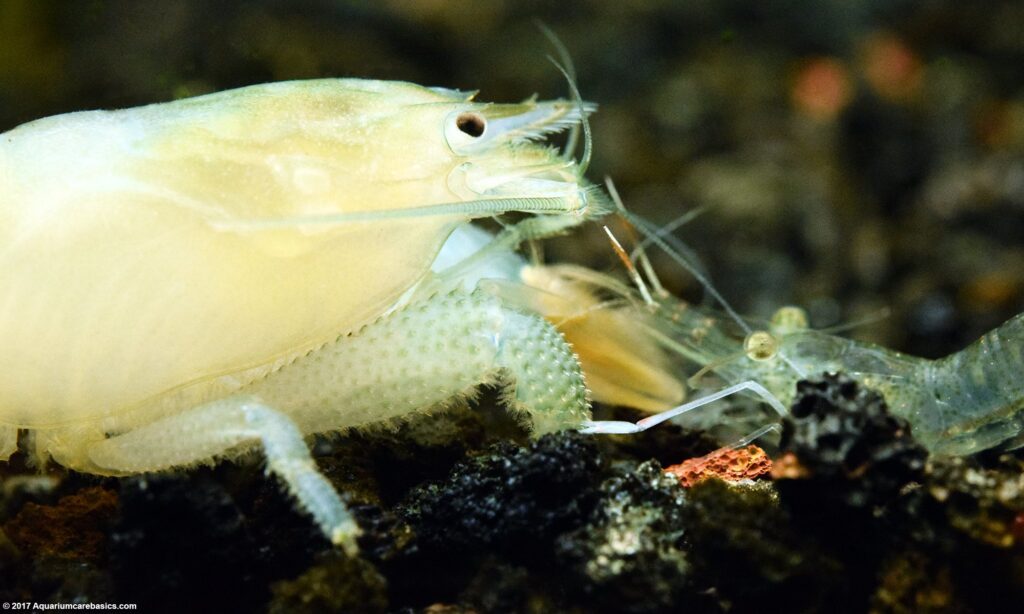
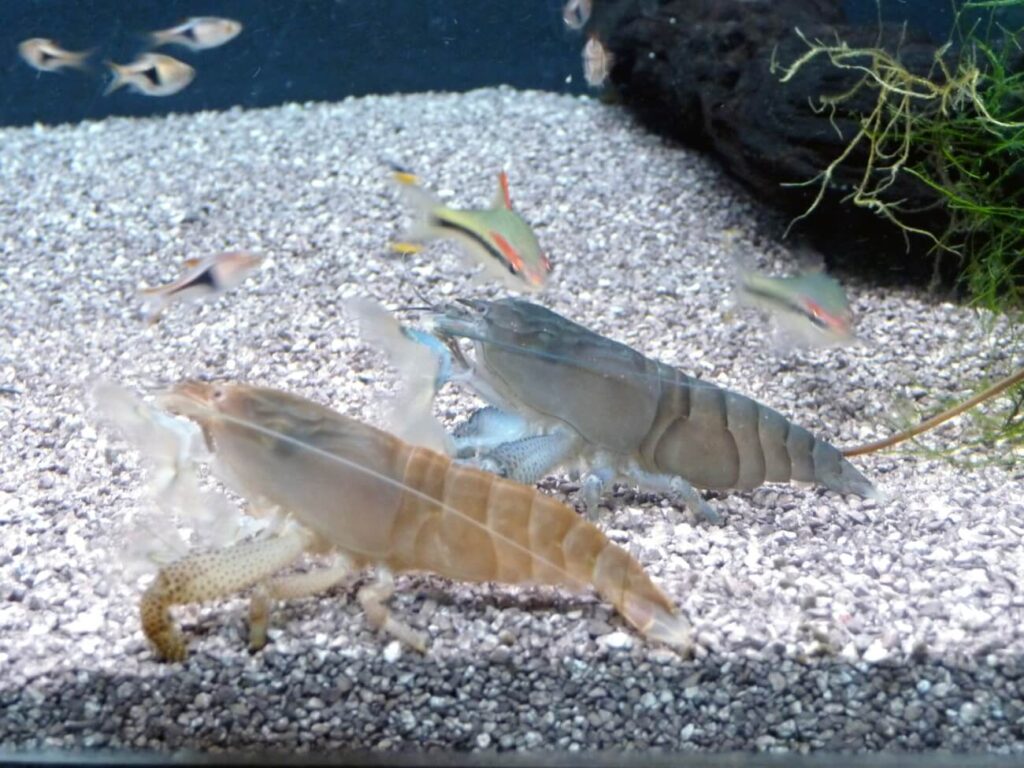
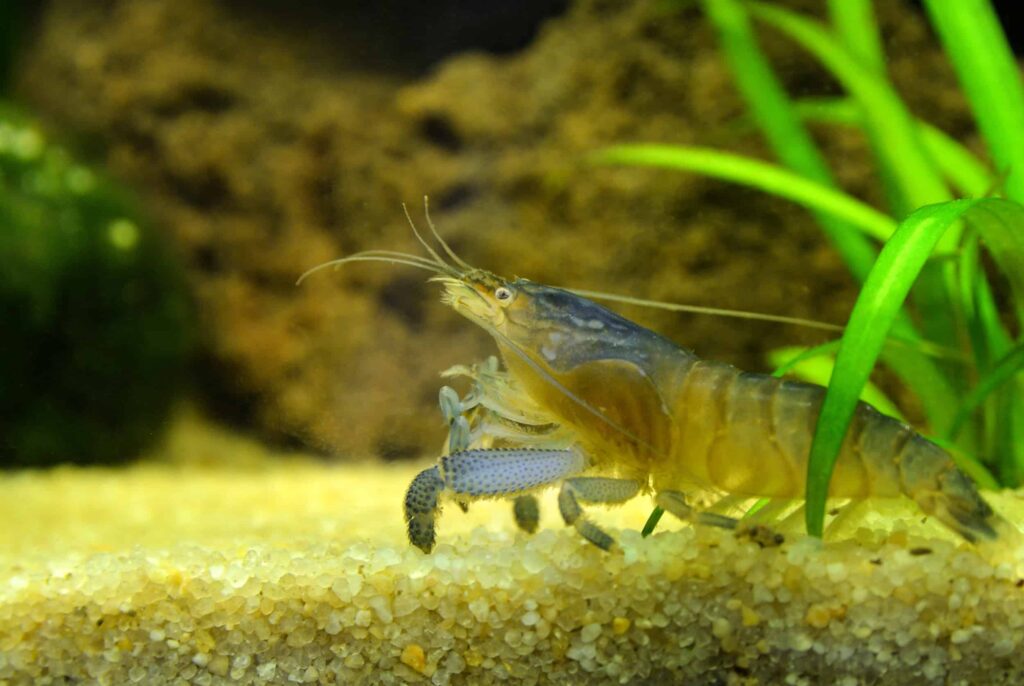
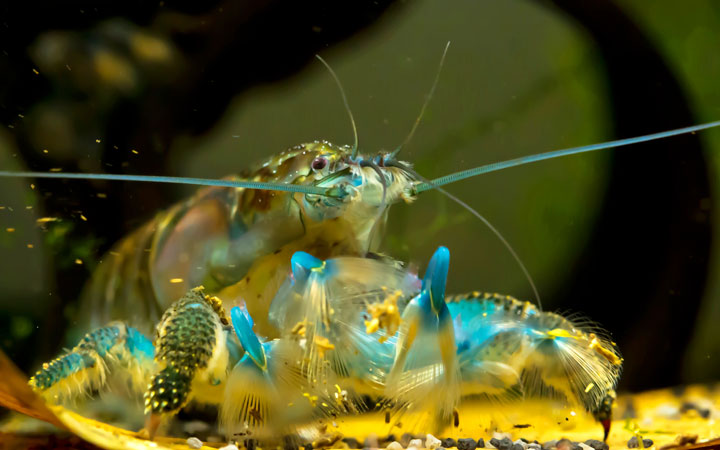
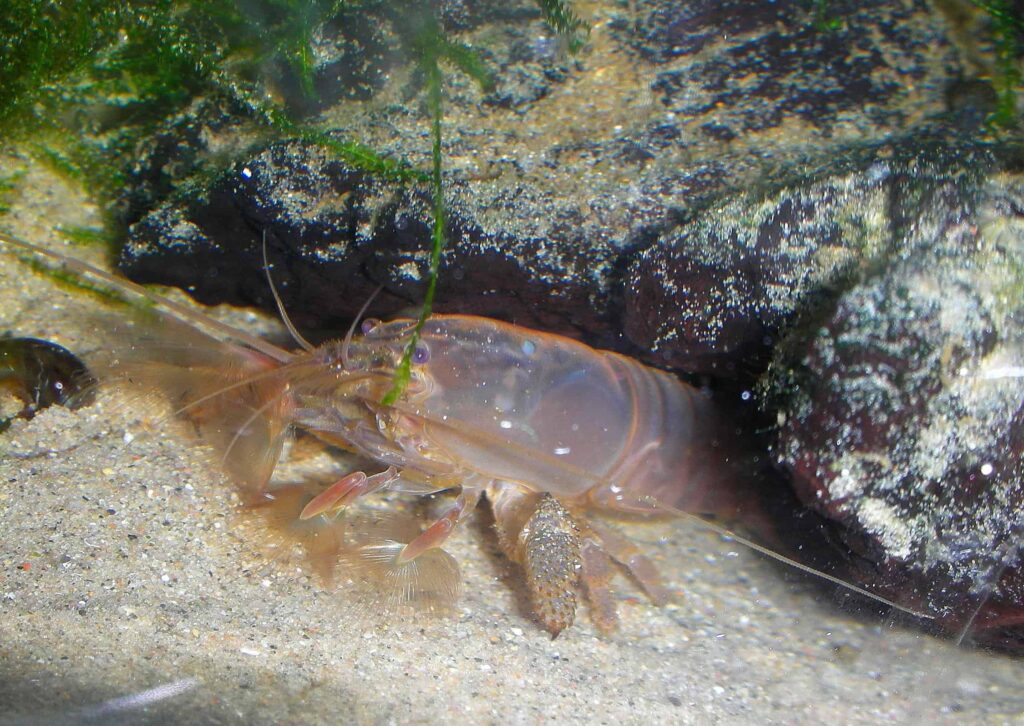
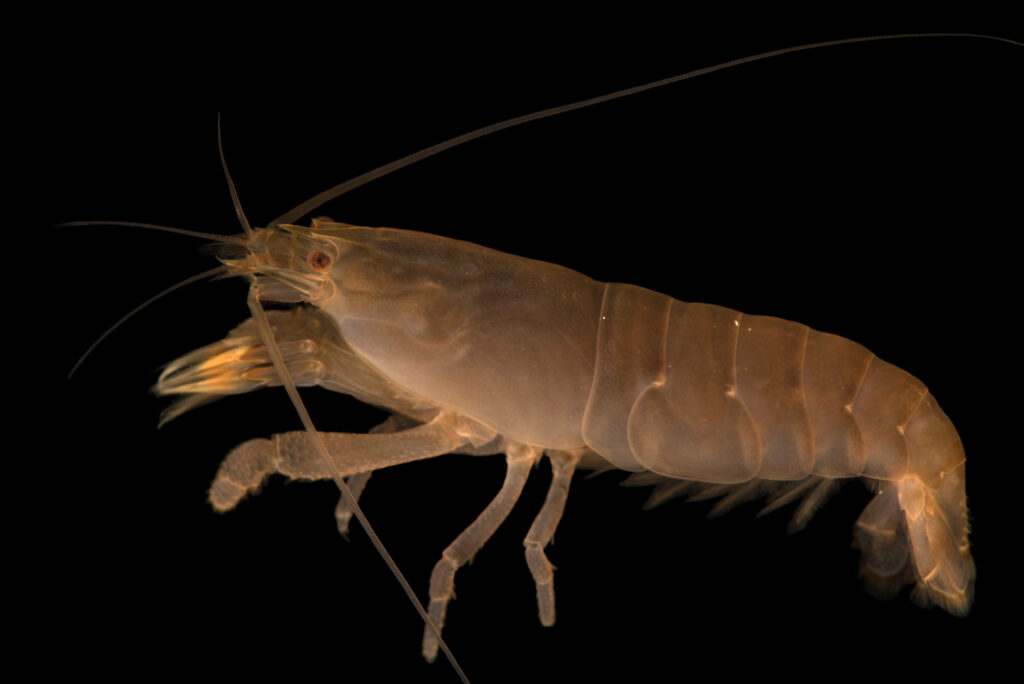
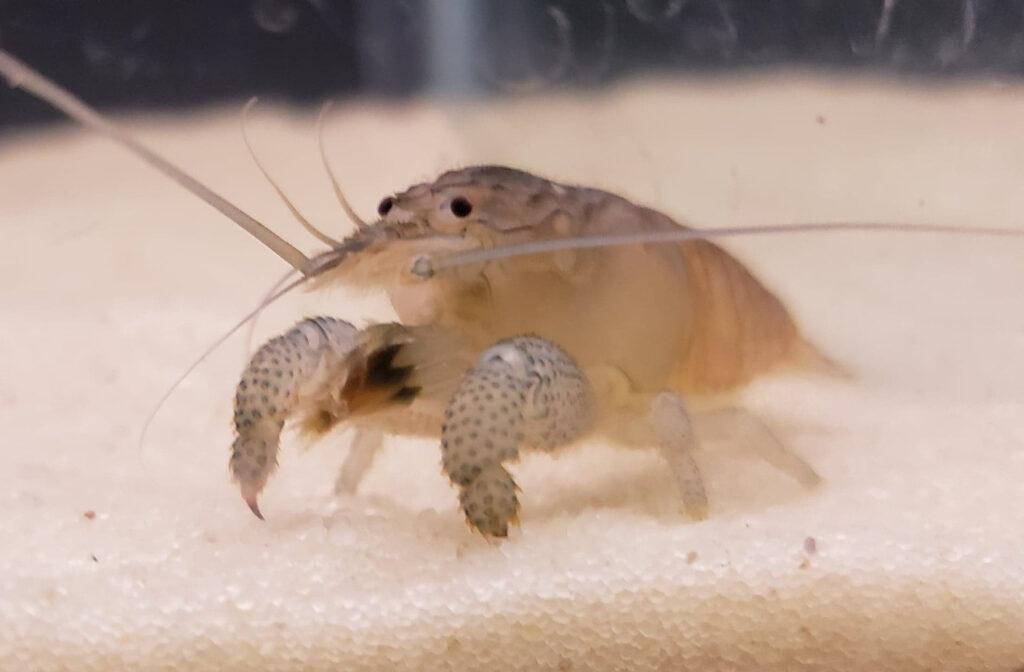
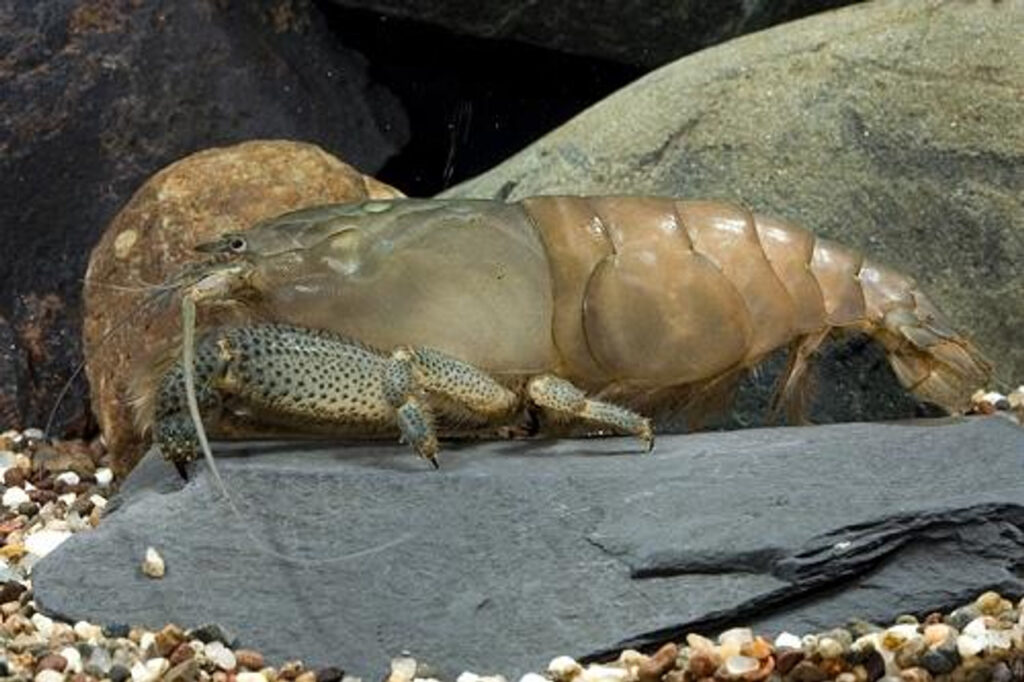
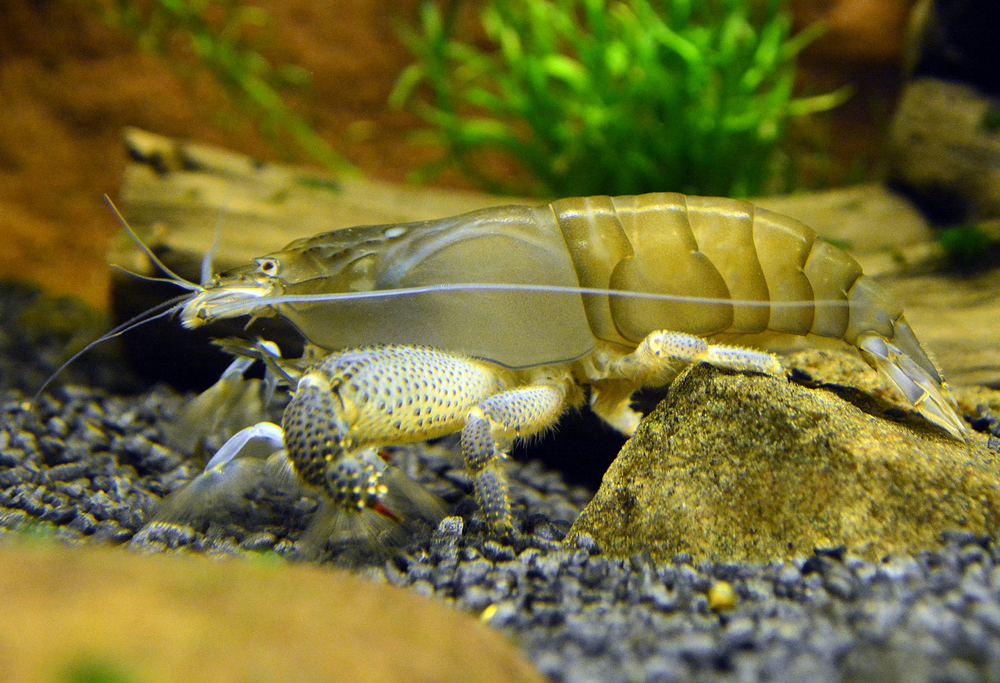
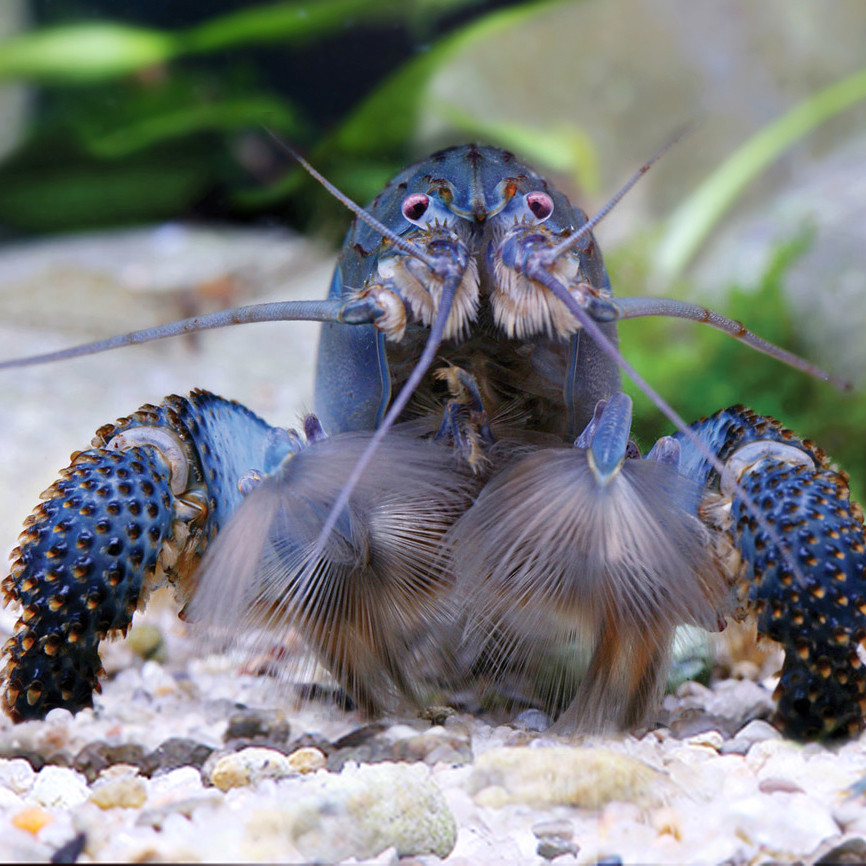
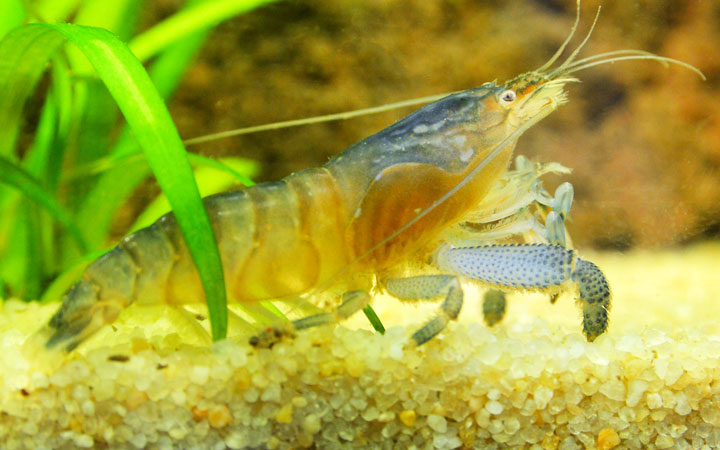
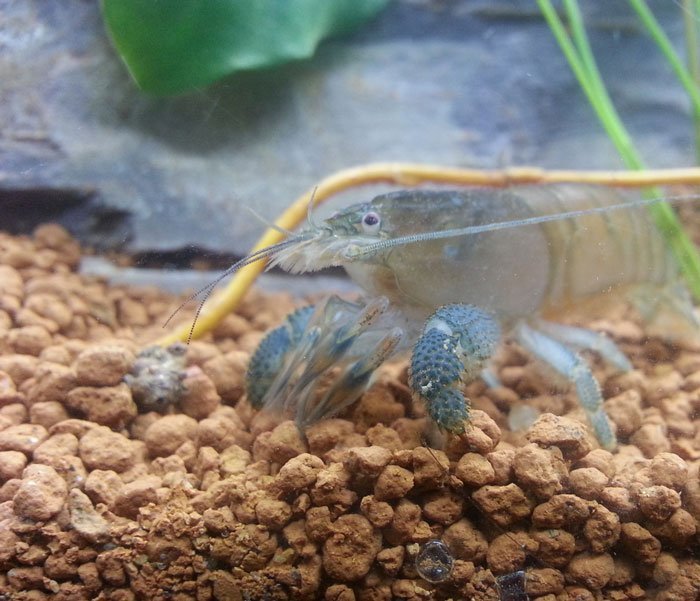
![]()
